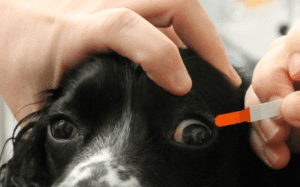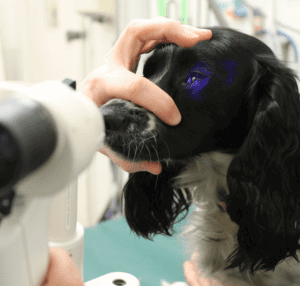Depending on the patient and what the presenting problems are the following are examination techniques we use when examining the eyes.

Distance exam
Schirmer Tear Test
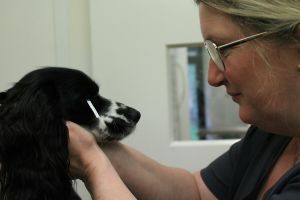
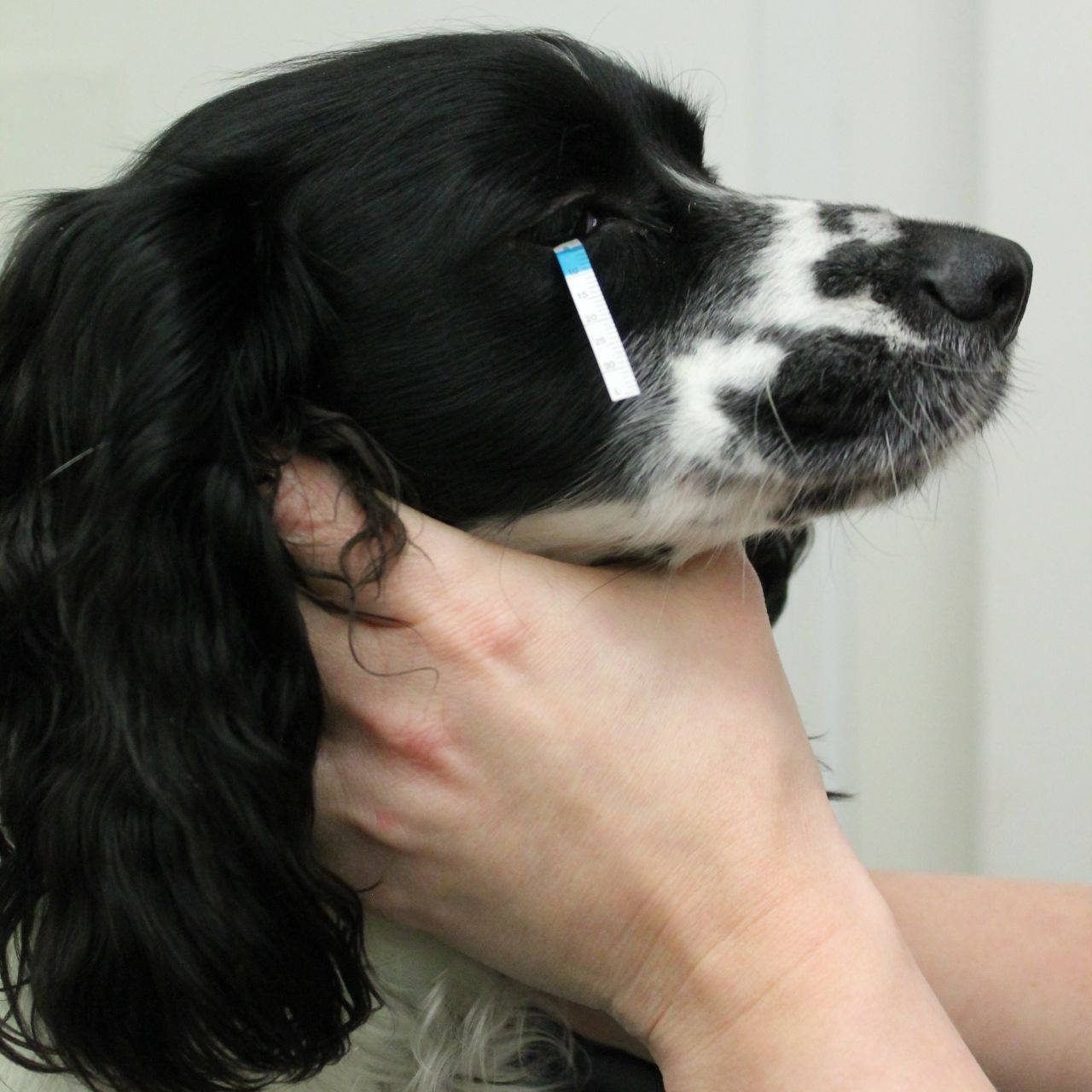


A hands on examination
Here the ophthalmologist will test the reflexes and responses of your animals eyes. By touching the areas around the eye and also shining the ophthalmoscope light in the eyes. This ensures your animal can respond to light / objects and perform the necessary job of blinking etc.
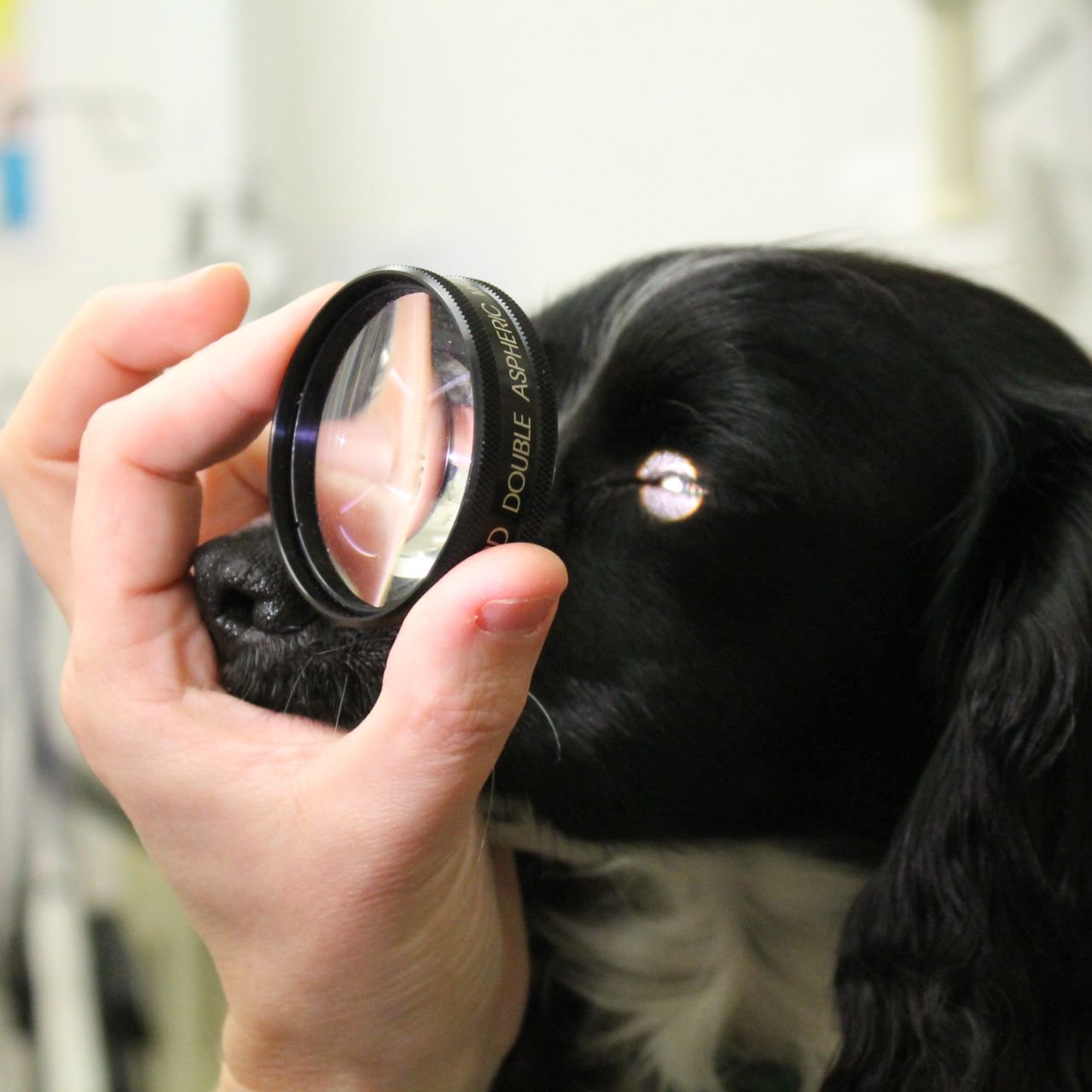
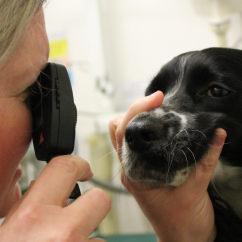
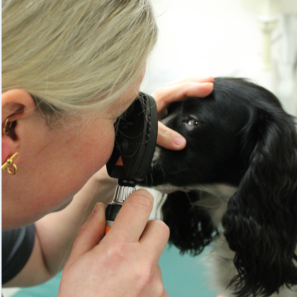

Intraocular pressure
The Tonovet is an instrument used to measure the pressure within the eye. The instrument is held just infront of your animals face and a small probe rapidly pushes air towards the globe of the eye and measures the pressure. It doesn’t touch the eyes surface and no local anaesthetic drops are required to use this instrument.
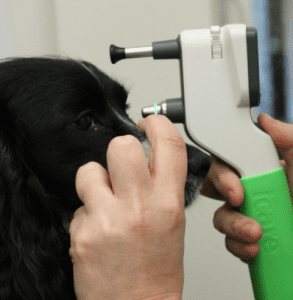
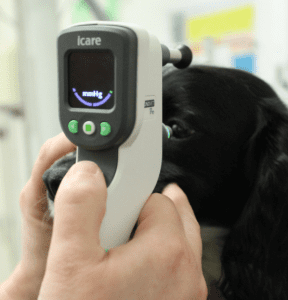
Finally..
Sometimes different eye drops are required to examine certain cases more accurately – drops that may dilate the pupil more or cause a response to locate a problem. Occasionally we may think there could be a foreign body within the eye and local anaesthetic drops are required to numb the surface of the eye so we can touch it safely without hurting the animal, as their eye surface contains hundreds of nerve endings as do yours – hence why its so annoying and painful when you get an eyelash in your eye!



